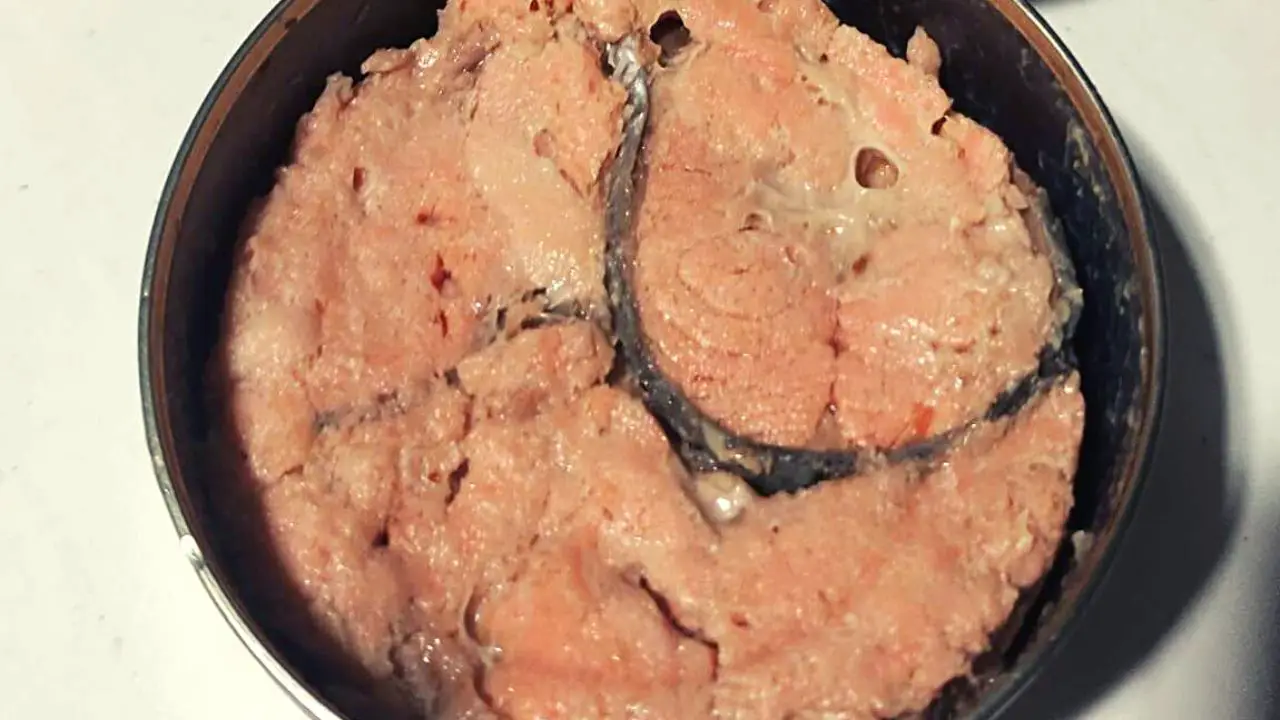Canned salmon is a versatile and affordable option for a healthy, protein-rich meal. But what about the bones? Can you eat them? The answer is yes! The bones in canned salmon are soft and edible but are the bones good for you, or should they be avoided if possible?
There are a few things you might not have known about eating the bones.
Why Are The Bones In Canned Salmon Soft?
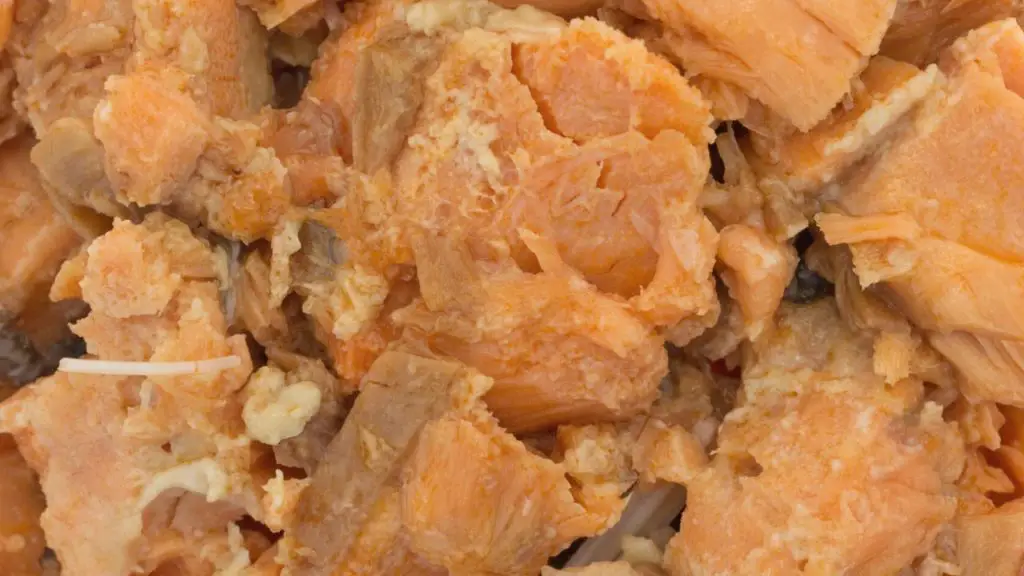
Soft bones are merely a byproduct of the canning process, as you can see in many other canned fish and seafood products.
Tinned or canned salmon is cooked in hermetically sealed metal cans and put through a high-heat thermal process to produce commercially sterile canned fish whit a shelf life ranging from three to five years.
The cooking process under high heat is what softens the fish bones and makes them easily digestible and apt for consumption. The high-heat thermal process also kills all the bacteria, which is why there are only very few ingredients; fish, water, and salt, and no preservatives are needed.
The video below shows how the salmon are caught; the tail, fins, entrails, and scales are removed and processed through the canning line into the filling machine and finished with the heat treatment.
Is It Dangerous To Eat The Bones In Canned Salmon?
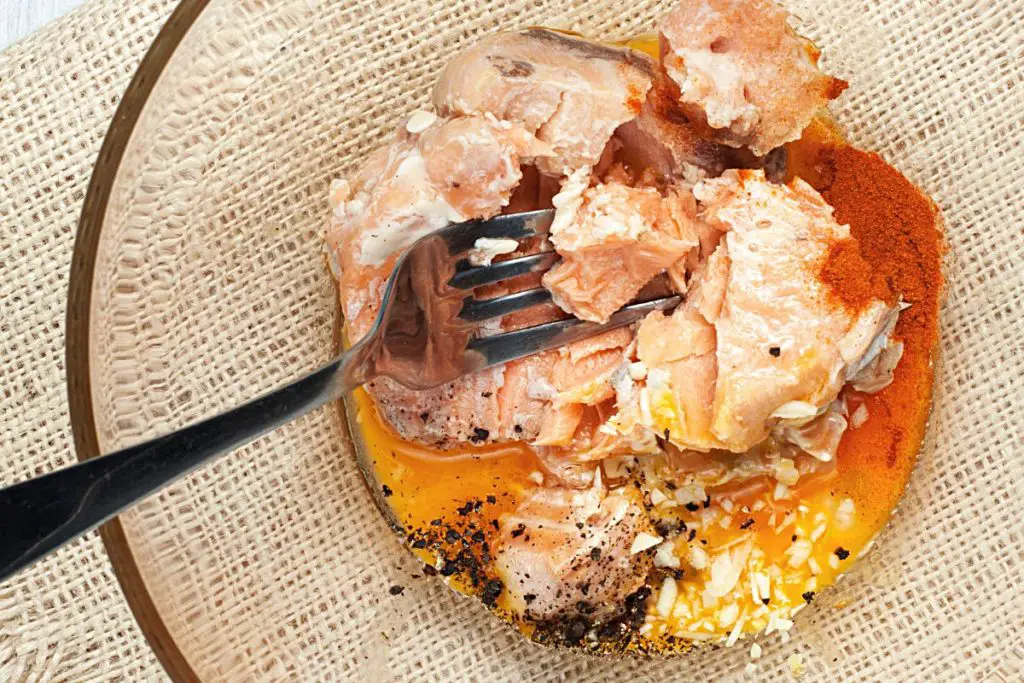
Eating the bones in canned salmon poses no health risk and will not cause short- or long-term damage to your well-being. In fact, they are easily digestible and included in the can purposefully, and consumers are expected to eat them alongside the flesh and skin of the salmon.
You are free to remove the bones from the fish if you find them unpleasant due to their texture, taste, or appearance. However, beyond sensory issues, they are perfectly safe to eat and even have some benefits, which I will cover below.
Is It Safe For Young Children To Eat Canned Salmon?

Unlike regular fish bones, the ones you can find in canned salmon are not a choking hazard for young children who are old enough to eat solids, so kids already introduced to a solid diet should have no issue eating them.
If you wish to err on the safe side, feel free to crush the most prominent bones with a fork. Gentle pressure should be enough to reduce their size and make them virtually indistinguishable from the flesh around them.
Do The Bones In Canned Salmon Have Nutritional Value?
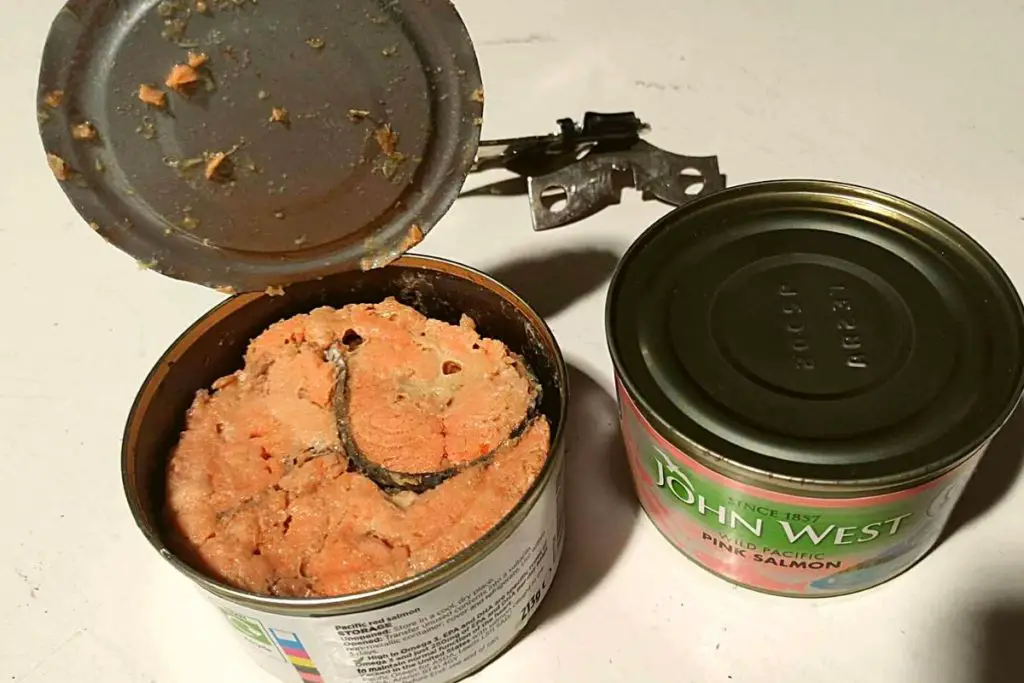
Eating the bones in canned salmon is not only safe but also encouraged, considering it can benefit your diet and health.
You see, canned fish such as sardines and salmon are considered some of the best sources of calcium available. That is because the soft bones they contain are almost invisible to the palate, yet they carry highly concentrated amounts of calcium, even in comparison to fresh salmon [2].
Better yet, the salmon flesh is rich in vitamin D, and it is well-known that consuming vitamin D alongside calcium helps the latter’s absorption and use within the body [3].
Read Also: Can You Eat Sardines Every Day?
Does Canned Salmon Always Contain Bones And Skin?
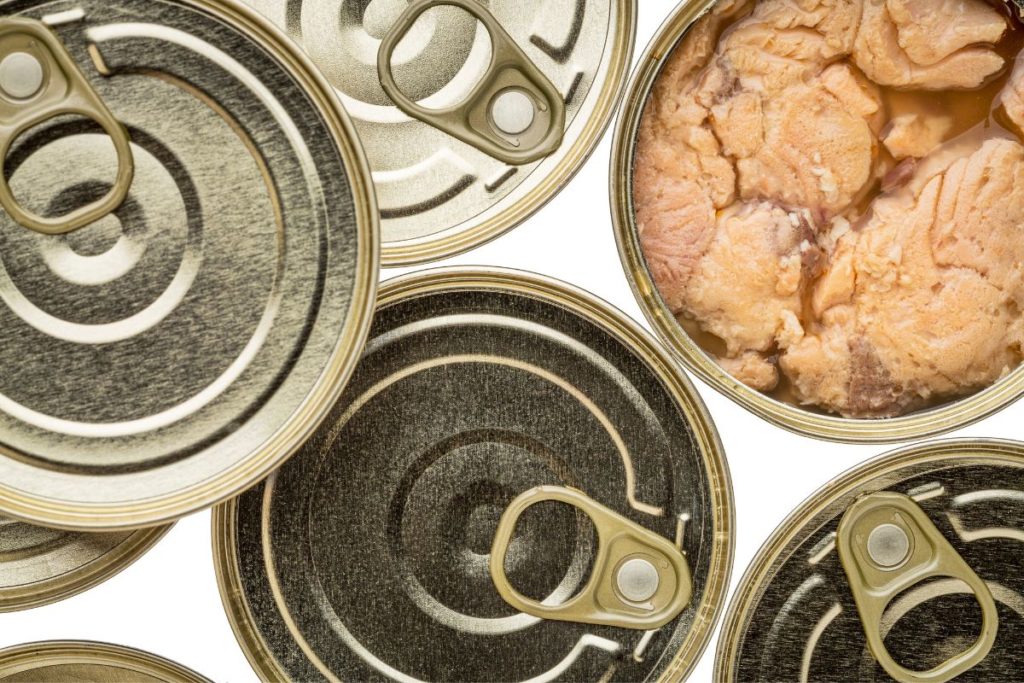
If you dislike the flavor, appearance, or texture of salmon bones, then good news—there are options for you to try!
Not all canned salmon comes with bones. You can find plenty of boneless and skinless alternatives in the market, although you must remember that they tend to be a bit more expensive.
Likewise, they are probably less nutritious than the boned version, as they lack their counterparts’ rich calcium value.
If you wish to keep the nutritional value of canned salmon yet dislike the bones, your best alternative would be to crush them until they disintegrate. By that point, the bones should be unrecognizable, and you can enjoy a protein, omega-3, and calcium-rich meal with a pleasant taste and texture.
Read Also: How To Remove Fishy Taste And Smell From Fish? (5 Effective Methods).
In Conclusion
Eating the bones in canned salmon is not only safe but also provides some nutritional benefits. The bones are easily digestible and contain a fair amount of calcium. So next time you’re looking for an easy, healthy, and protein-rich snack, canned salmon is a good choice.
Sources:
- [1] Wijeratne, Malinda (2014). Why Canned Salmon Got Soft Bones. Retrieved from https://researchbin.blogspot.com/2014/01/why-canned-fish-got-soft-bones.html.
- [2] De Bellefonds, Colleen (2016). 7 Foods with More Calcium Than a Glass of Milk. Retrieved from https://www.womenshealthmag.com/food/g19924661/foods-with-more-calcium-than-milk/.
- [3] Rosen Harold, Rosen Clifford, Mulder Jean. (2021). Patient education: Calcium and vitamin D for bone health (Beyond the Basics). Retrieved from https://www.uptodate.com/contents/calcium-and-vitamin-d-for-bone-health-beyond-the-basics
